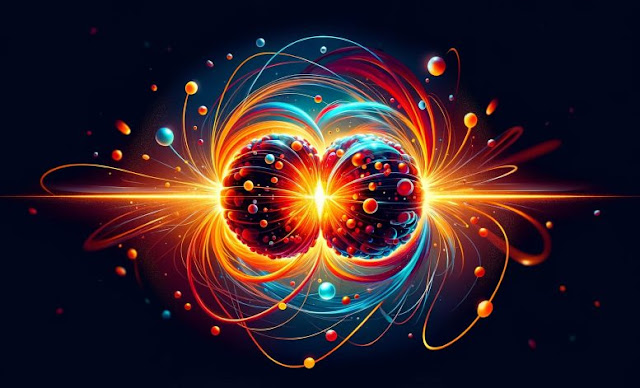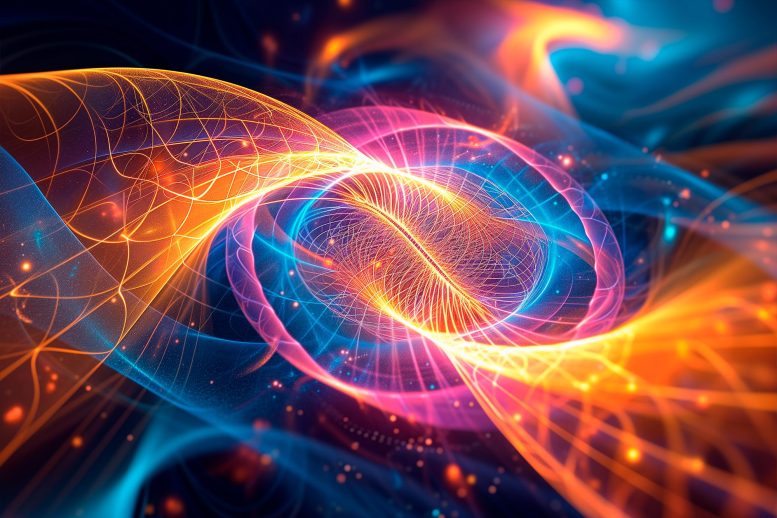To comprehend quark-gluon plasma (QGP) and its significance in quantum chromodynamics, scientists generate QGP in labs. They use novel techniques, such as the maximum entropy principle, to analyze experimental data and map the QCD phase diagram.
Introduction to Quark Gluon Plasma (QGP)
Scientists may produce the fascinating state of matter known as quark-gluon plasma (QGP) in a lab by smashing two heavy nuclei together. These collisions produce a QGP fireball. The rules of hydrodynamics, which control how fluids behave under different circumstances, are followed by the fireball as it expands and cools.
Subatomic particles, such as protons, pions, and other hadrons—particles composed of two or more quarks—eventually surface and are picked up and recorded by detectors positioned around the collision. Variations in the quantity of these particles between collisions provide crucial insights into the QGP.
It is a challenging undertaking to extract this information from what scientists can observe, though. A key link between the hydrodynamics of the QGP fireball and these experimental data is made using a method known as the maximum entropy principle.
Hadronization and New Research
A QGP fireball eventually gets too diluted to be explained by hydrodynamics when it cools and expands. The QGP is currently “hadronized.” This indicates that hadrons carry its energy and other quantum characteristics. These are quark-based subatomic particles that include protons, neutrons, and pions. The hadrons “freeze out,” meaning that they retain data regarding the QGP fireball’s ultimate hydrodynamic state, enabling the particles that emerge from the collision to convey this information to the experiment’s detectors.
A new study offers a technique to compute observable oscillations in the QGP through simulations. Because of this, the researchers were able to employ freeze-out to find indications of a crucial transitional stage between a gaseous hadronized state and a QGP fireball. One of the open issues in quantum chromodynamics—the theory of the strong gluon-driven interactions between quarks—is this crucial point.
Experimental Implications and the Maximum Entropy Principle
The area of the QCD phase diagram where collisions “freeze out” is shown by fluctuations in the QGP. This means that relating fluctuations of the observed hadrons to variations in hydrodynamics is an essential step in converting experimental results into the QCD phase diagram map. Significant variations in one instance to the next reveal experimental indicators of the critical point.
The critical point may exist, based on data from the Relativistic Heavy-Ion Collider’s (RHIC) Run-I Beam Energy Scan (BES) study. In response to this clue, scientists at the University of Illinois at Chicago came up with a brand-new, all-encompassing method for transforming hydrodynamic fluctuations into hadron multiplicity fluctuations.
The method skillfully gets around problems encountered in earlier attempts to handle this issue. Most importantly, all the information regarding the fluctuations of conserved quantities provided by hydrodynamics is preserved by the new method based on the maximum-entropy principle.
The new freeze-out process will have uses in theoretical computations of correlations and fluctuations seen in experiments, like the Beam Energy Scan program at RHIC, which maps the QCD phase diagram event by event.



